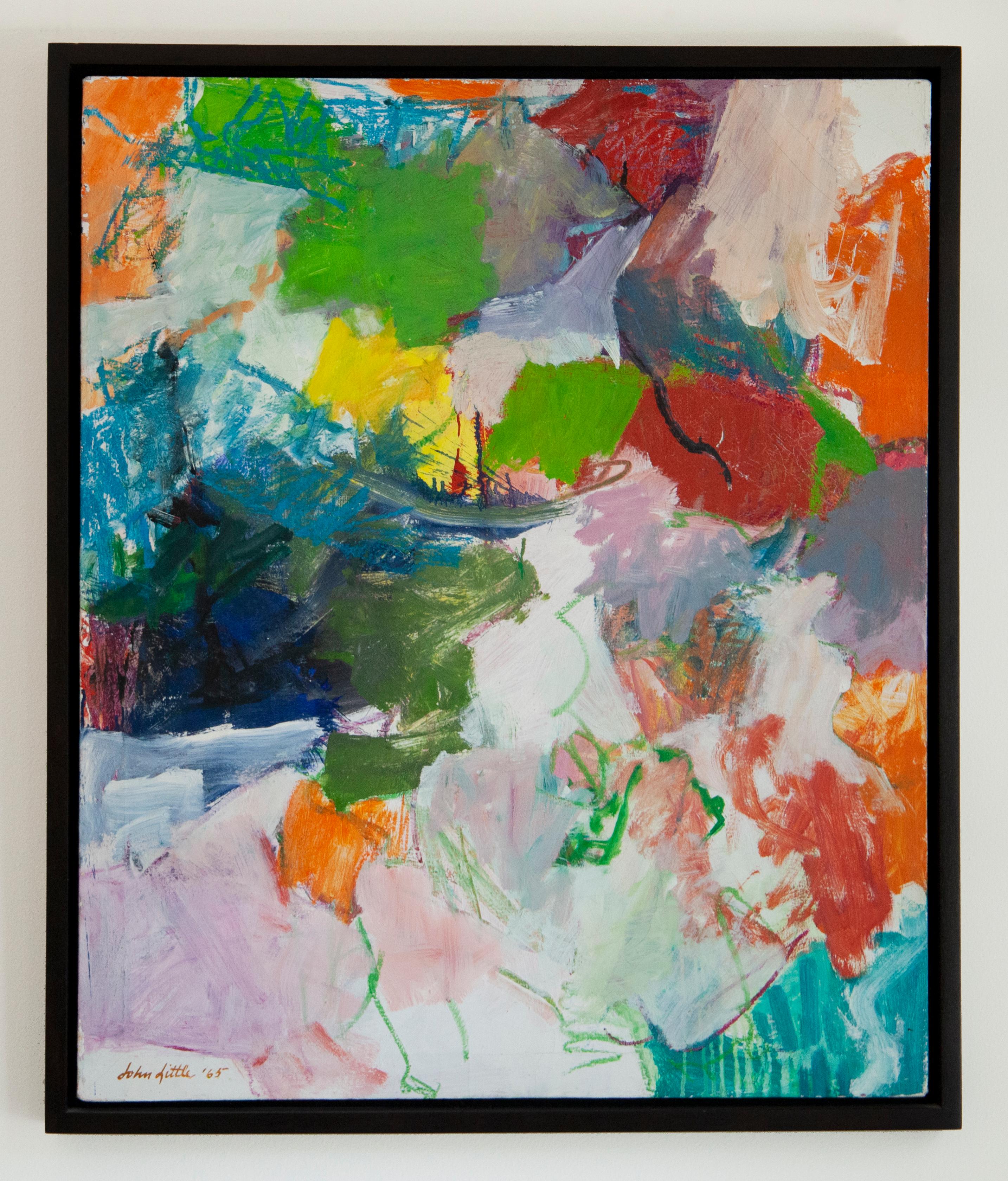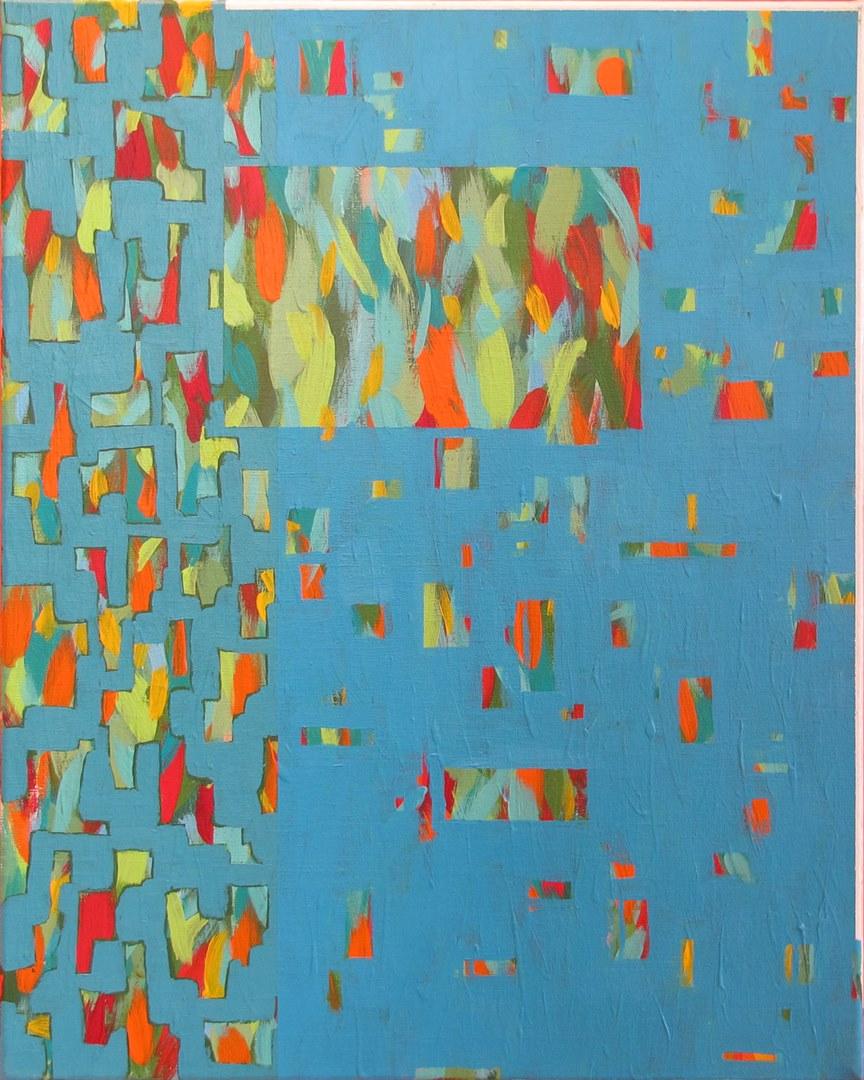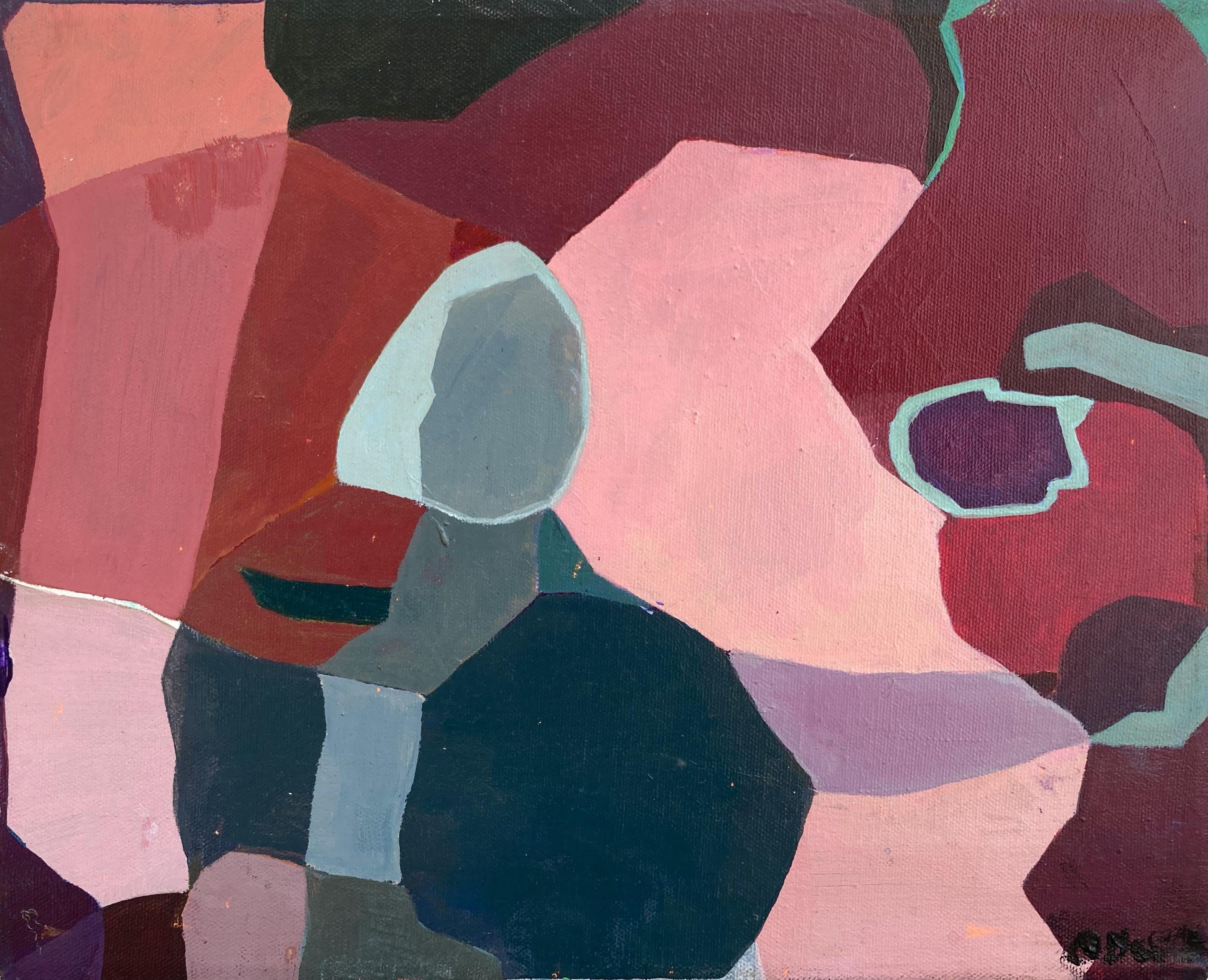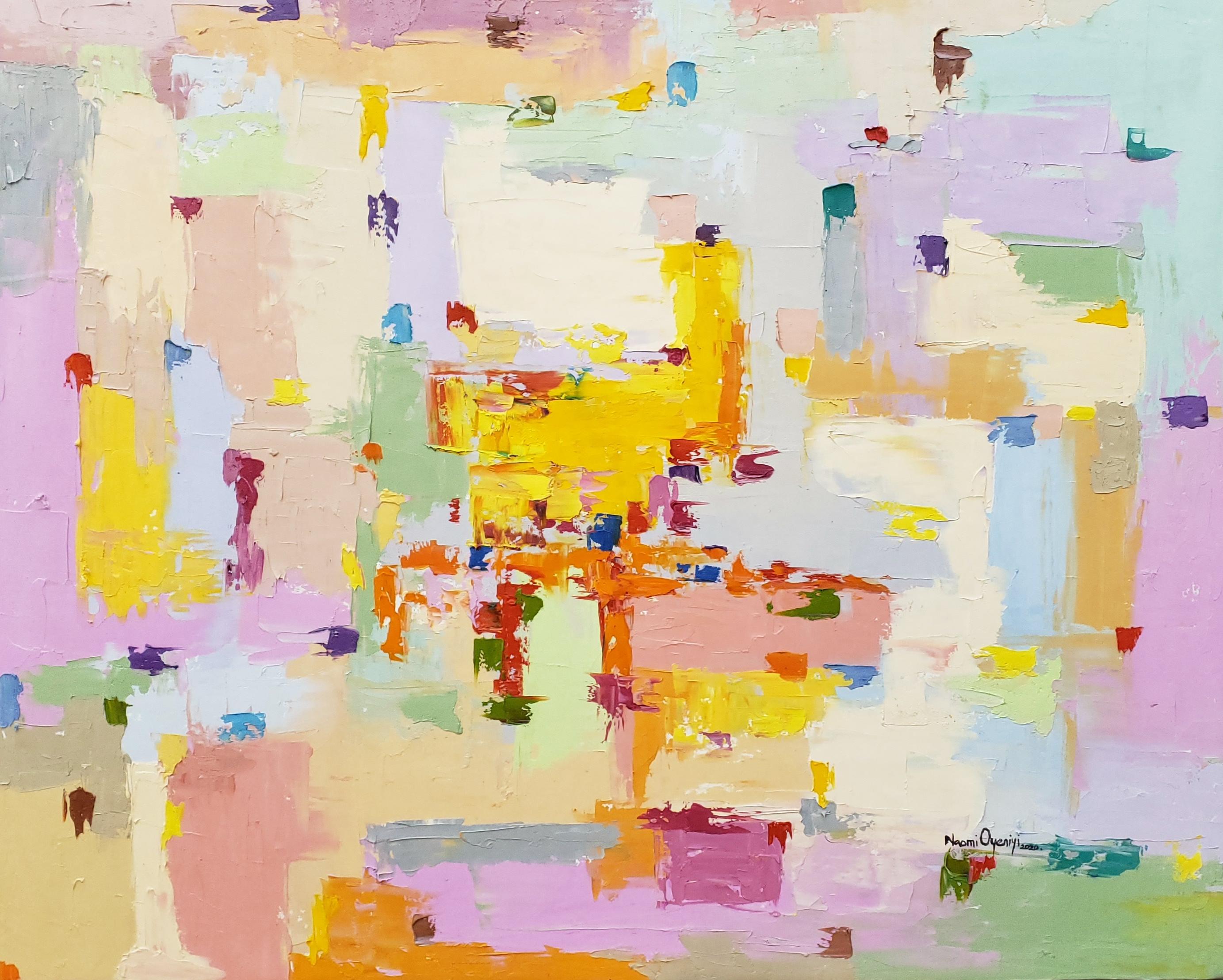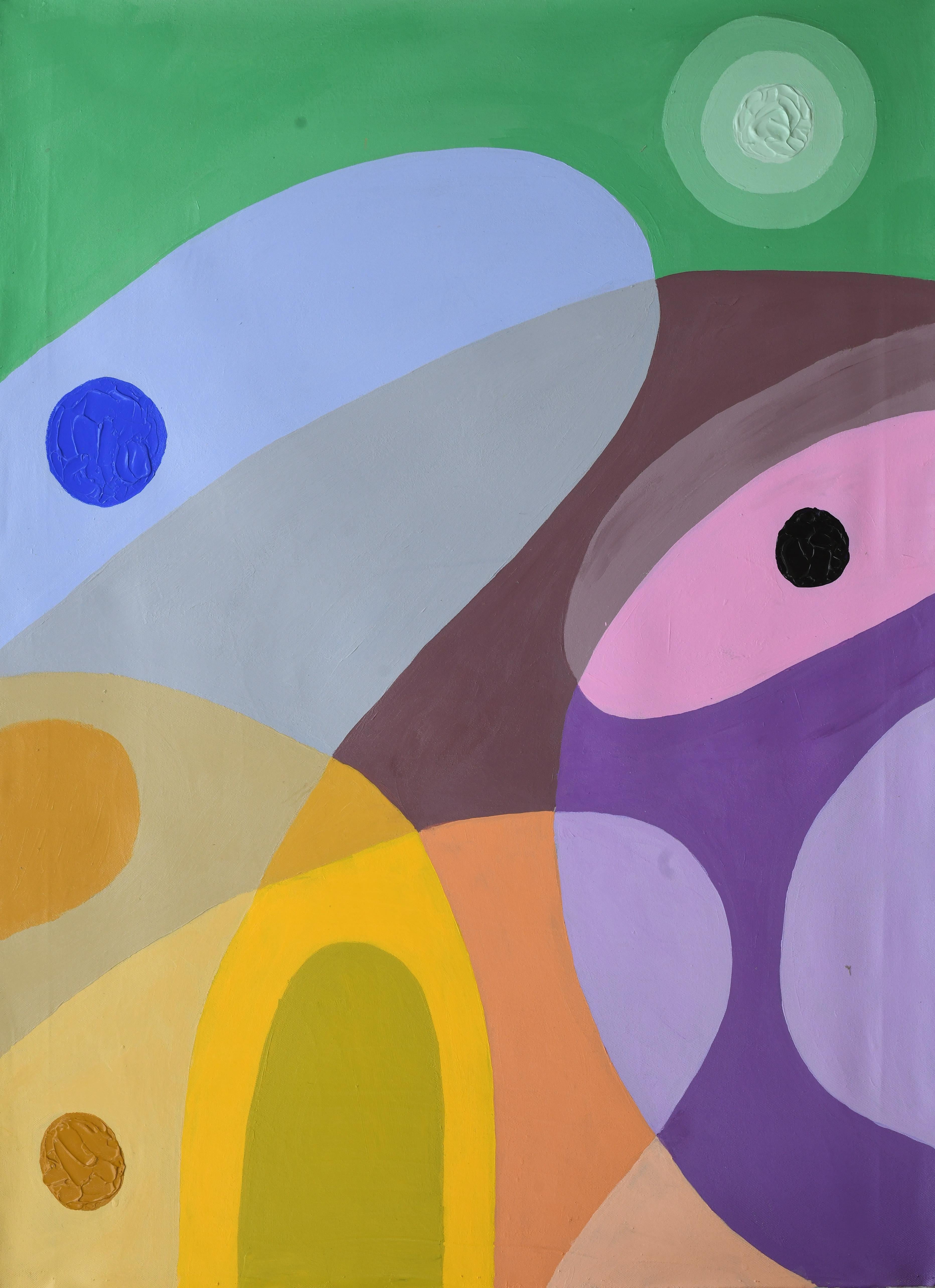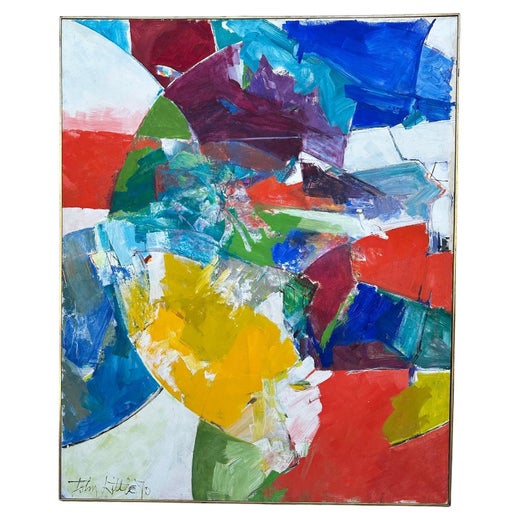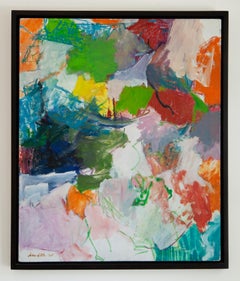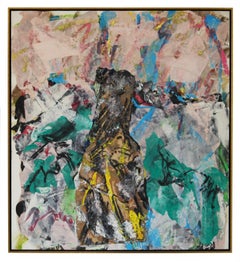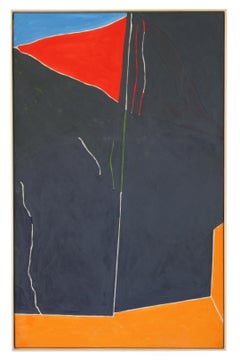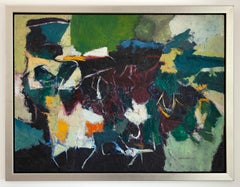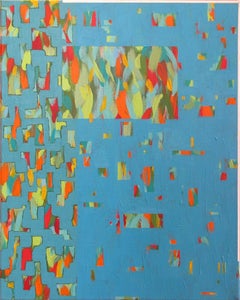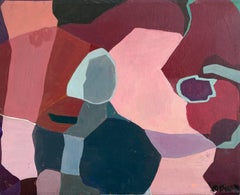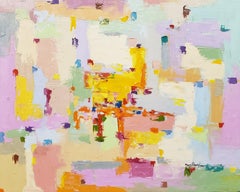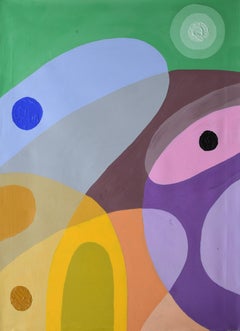Items Similar to African Ancestor
Video Loading
Want more images or videos?
Request additional images or videos from the seller
1 of 10
John LittleAfrican Ancestor1973
1973
$20,000
£14,939.04
€17,319.44
CA$27,769.50
A$31,126.03
CHF 16,206.41
MX$380,062.20
NOK 205,762.56
SEK 195,044.40
DKK 129,221.76
Shipping
Retrieving quote...The 1stDibs Promise:
Authenticity Guarantee,
Money-Back Guarantee,
24-Hour Cancellation
About the Item
Waterline Fine Art, Austin, TX is pleased to present the following work:
Acrylic and paper collage on canvas. Signed and dated lower left; signed, dated, and titled verso.
56 x 50 in.
56.75 x 51 in. (framed)
Custom framed in a thin-profile, welded aluminum floater.
Provenance
Spanierman Gallery, New York
ExxonMobil Corporate Collection, Spring, TX
Born in Alabama, John Little attended the Buffalo (NY) Fine Arts Academy as a teenager, until 1927. Soon after, he moved to New York where he began operatic vocal training and opened what would become a very successful textile business designing fabric and wallpaper.
In 1933, he enrolled at the Art Students League under the tutelage of George Grosz. Little’s early work consisted predominantly of landscapes, until 1937, when he began studying under Hans Hofmann and his work naturally shifted toward abstraction. During his time with Hofmann, he with artists such as Lee Krasner, George McNeil, Gerome Kamrowski, Giorgio Cavallon, and Perle Fine.
Little entered the the service in 1942 as an aerial photographer for the Navy. Returning to New York after the war and with nowhere to stay, he reconnected with Hofmann and moved into his 8th Street studio, alongside his friend Lee Krasner and her husband Jackson Pollock.
In 1946, Little earned his first solo exhibition at the California Palace of the Legion of Honor in San Francisco, with a subsequent solo exhibition at Betty Parsons Gallery in New York two years later.
In the early 1950s, Little abandoned the flat, linear style in favor of a new aesthetic consisting of the thick, gestural buildup of paint. This stylistic change was concurrent with his move to East Hampton In 1951. This enabled him to continue a close friendship with Krasner and Pollock, who had already left the city in favor of the more rural area around East Hampton. Little and Pollock had a joint exhibition in 1955 at Guild Hall, one year before Pollock’s tragic death.
John Little exhibited extensively during his career, with solo shows at Betty Parsons Gallery (1948), Bertha Schaefer Gallery (1957, 1958), Worth Ryder Gallery (1963), A.M. Sachs Gallery (1971), and a retrospective at the Guild Hall Museum (1982). His work can be found in many private, institutional, and corporate collections around the world, including the Metropolitan Museum of Art, Guild Hall Museum, Ball State University Museum of Art, and Galerie Beyeler.
Source: McCormick Gallery
- Creator:John Little (1907-1984, American)
- Creation Year:1973
- Dimensions:Height: 56.75 in (144.15 cm)Width: 51 in (129.54 cm)
- Medium:
- Movement & Style:
- Period:
- Condition:Overall fair to good, with wear commensurate with age. Stable condition. Inquire for additional details.
- Gallery Location:Austin, TX
- Reference Number:1stDibs: LU2287215179492
John Little
Born in Alabama, John Little attended the Buffalo (NY) Fine Arts Academy as a teenager, until 1927. Soon after, he moved to New York where he began operatic vocal training and opened what would become a very successful textile business designing fabric and wallpaper. In 1933, he enrolled at the Art Students League under the tutelage of George Grosz. Little’s early work consisted predominantly of landscapes, until 1937, when he began studying under Hans Hofmann and his work naturally shifted toward abstraction. During his time with Hofmann, he with artists such as Lee Krasner, George McNeil, Gerome Kamrowski, Giorgio Cavallon, and Perle Fine. Little entered the the service in 1942 as an aerial photographer for the Navy. Returning to New York after the war and with nowhere to stay, he reconnected with Hofmann and moved into his 8th Street studio, alongside his friend Lee Krasner and her husband Jackson Pollock. In 1946, Little earned his first solo exhibition at the California Palace of the Legion of Honor in San Francisco, with a subsequent solo exhibition at Betty Parsons Gallery in New York two years later. In the early 1950s, Little abandoned the flat, linear style in favor of a new aesthetic consisting of the thick, gestural buildup of paint. This stylistic change was concurrent with his move to East Hampton In 1951. This enabled him to continue a close friendship with Krasner and Pollock, who had already left the city in favor of the more rural area around East Hampton. Little and Pollock had a joint exhibition in 1955 at Guild Hall, one year before Pollock’s tragic death. John Little exhibited extensively during his career, with solo shows at Betty Parsons Gallery (1948), Bertha Schaefer Gallery (1957, 1958), Worth Ryder Gallery (1963), A.M. Sachs Gallery (1971), and a retrospective at the Guild Hall Museum (1982). His work can be found in many private, institutional, and corporate collections around the world, including the Metropolitan Museum of Art, Guild Hall Museum, Ball State University Museum of Art, and Galerie Beyeler.
About the Seller
5.0
Vetted Professional Seller
Every seller passes strict standards for authenticity and reliability
Established in 2020
1stDibs seller since 2023
6 sales on 1stDibs
- ShippingRetrieving quote...Shipping from: Austin, TX
- Return Policy
Authenticity Guarantee
In the unlikely event there’s an issue with an item’s authenticity, contact us within 1 year for a full refund. DetailsMoney-Back Guarantee
If your item is not as described, is damaged in transit, or does not arrive, contact us within 7 days for a full refund. Details24-Hour Cancellation
You have a 24-hour grace period in which to reconsider your purchase, with no questions asked.Vetted Professional Sellers
Our world-class sellers must adhere to strict standards for service and quality, maintaining the integrity of our listings.Price-Match Guarantee
If you find that a seller listed the same item for a lower price elsewhere, we’ll match it.Trusted Global Delivery
Our best-in-class carrier network provides specialized shipping options worldwide, including custom delivery.More From This Seller
View AllUntitled
By John Little
Located in Austin, TX
Waterline Fine Art, Austin, TX is pleased to present the following work:
Oil on canvas. Signed and dated lower left.
36.25 x 30.25 in.
38.5 x 32.5 in. (framed)
Custom hardwood frame with dark stain. FredEric’s Frame Studio, Chicago.
Provenance
McCormick Gallery, Chicago
Born in Alabama, John Little attended the Buffalo (NY) Fine Arts Academy as a teenager, until 1927. Soon after, he moved to New York where he began operatic vocal training and opened what would become a very successful textile business designing fabric and wallpaper.
In 1933, he enrolled at the Art Students League under the tutelage of George Grosz. Little’s early work consisted predominantly of landscapes, until 1937, when he began studying under Hans Hofmann and his work naturally shifted toward abstraction. During his time with Hofmann, he with artists such as Lee Krasner, George McNeil, Gerome Kamrowski, Giorgio Cavallon...
Category
1960s Abstract Expressionist Abstract Paintings
Materials
Canvas, Oil
$25,000
Untitled
By Michael Goldberg
Located in Austin, TX
Waterline Fine Art, Austin, TX is pleased to present the following work:
Oil, pastel, and paper collage on canvas. Signed and dated verso.
52.75 x 47.75 in.
54 x 49 in. (framed)
Gilded floater frame.
Provenance
Compass Rose, Chicago
Born Sylvan Irwin Goldberg in 1924 and raised in the Bronx, Michael Goldberg was an important figure in American Abstract Expressionism, who began taking art classes at the Art Students League in 1938. A gifted student, Goldberg finished high school at the age of 14 and enrolled in City College. He soon found New York’s jazz scene to be a more compelling environment, and he began skipping classes in favor of the Harlem jazz clubs near campus. Goldberg’s love of jazz would become a lifelong passion and a key component to his approach to composition in his paintings.
From 1940 to 1942, like many of the leading artists of the New York School, Goldberg studied with Hans Hofmann. In 1943, he put his pursuit of painting on hold and enlisted in the U.S. Army. Serving in North Africa, Burma, and India, Goldberg received a Purple Heart and a Bronze Star before being discharged in 1946. After his service, he traveled and worked in Venezuela before returning to the United States, settling back in New York and resuming studies with Hofmann and at the Art Students League.
Living downtown and frequenting the Cedar Bar, Goldberg befriended many of the artists of the New York School. In 1951, his work was included in the groundbreaking Ninth Street Show, co-organized by Leo Castelli, Conrad Marca-Relli, and the Eighth Street Club, and featuring the work of - among others - Hofmann, Jackson Pollock, Willem de Kooning, and Franz Kline. In 1953, the Tibor de Nagy...
Category
1980s Abstract Expressionist Abstract Paintings
Materials
Canvas, Pastel, Mixed Media, Oil, Handmade Paper
New Synthesis #34
By Jack Roth
Located in Austin, TX
Waterline Fine Art, Austin, TX is pleased to present the following work:
Acrylic on canvas. Signed, dated, titled, and estate stamped on verso.
50.25 x 31 in.
51.25 x 32 in. (framed)
Custom framed in maple.
Provenance
Estate of Jack Roth
Born in Brockway, Pennsylvania, Jack Roth was at various times a painter, poet, photographer, and mathematician. He enrolled at Pennsylvania State University in 1943 to study chemistry, but like many of his fellow Abstract Expressionists, his matriculation was interrupted World War II, where he served in both the Army and Air Force.
Discharged from the service in 1948, Roth moved to Big Sur, California and married his first wife, Colleen Bleier, with whom he had two daughters. A year later, the young family settled in San Francisco, where Jack enrolled at the California School of Fine Arts. It was here that he studied painting under Mark Rothko, Clyfford Still, Richard Diebenkorn, David Park, and Elmer Bischoff.
The Roth family left the Bay Area to return to Pennsylvania, where Jack completed his Bachelor of Science degree in Chemistry in 1951. In pursuit of his seemingly discordant academic interests, Roth moved yet again, this time to Iowa where he received a Master of Fine Arts at Iowa State University in 1953. Seeking gainful employment, Roth moved to New York, settling in the lower East Side where he began looking for a teaching job and working as a reviewer for Arts Digest magazine.
Now divorced, in 1954 Roth married the artist Rachel Chester whom he had met in Iowa. He continued to paint and work odd jobs, some of which were as a hotel night clerk and an orderly at Beekman Downtown Hospital. That year, he unsuccessfully applied for the Guggenheim Memorial Foundation Fellowship in the field of photography.
However, Roth’s professional prospects greatly improved when his work was selected by James Johnson Sweeney, Director of the Guggenheim Museum of Art for the traveling exhibition Younger American Painters, alongside giants such as William Baziotes, Richard Diebenkorn, Adolph Gottlieb, Philip Guston, Franz Kline, Willem de Kooning, Robert Motherwell, Jackson Pollock, Morris Louis, and others. One of the first major debuts of the Abstract Expressionist movement to be shown at an American museum, the exhibit traveled to the prominent museums across the country. In 1956 he began graduate work in mathematics at New York University.
Opting to dive back into academia, Roth began graduate coursework in mathematics at New York University in 1956. He enrolled at Duke University in 1958, receiving his PhD in mathematics in 1962.
Roth continued to create art throughout the pendency of his graduate studies and in 1963, legendary Museum of Modern Art (MoMA) curators Dorothy Miller and William Lieberman recommended Roth as the new talent graphic artist for Art in America. Concurrently, MoMA purchased several works from Roth for the museum’s permanent collection.
During this period of artistic achievement, Roth continued to teach - first, at the University of South Florida in Tampa, before moving back north to Montclair, New Jersey, where he was hired as the chairman of the Mathematics department at Upsala College. In 1971 he accepted a dual appointment at Ramapo College, teaching both mathematics and advanced painting. After he received tenure and his finances were secure, his artistic production thrived as he received the first Thomases Award for contributions at the school, which came with the use of a large studio space. This allowed him to work with larger canvases and become what he saw as an Abstract Expressionist Color Field painter.
In 1978, the acclaimed gallery Knoedler & Co. in New York began representation of Roth’s work. Other artists represented by the gallery at this time included Alexander Calder, Adolf Gottlieb...
Category
1980s Abstract Geometric Abstract Paintings
Materials
Canvas, Acrylic
Edge
Located in Austin, TX
Waterline Fine Art, Austin, TX is pleased to present the following work:
Oil on board. Signed and dated lower right and verso, titled verso.
36.25 x 48 in.
40.5 x 52.25 in. (framed)
Framed in contemporary silver, tiered floater frame.
Dennis Eugene Norman Burton was a Canadian modernist who was born in Lethbridge, Ontario. He attended the Ontario College of Art from 1952 to 1956, and worked for the Canadian Broadcasting Corporation (CBC) as a graphic designer until 1960.
Inspired by a 1955 exhibition of the “Painters Eleven” at Toronto’s Hart House, as well as American Abstract Expressionist artists such as Robert Motherwell, Jack Tworkov, and Willem de Kooning, Burton shifted his focus toward abstraction in the mid-1950s.
Burton showed with the famed Isaacs Gallery in Toronto, becoming one of the youngest members on the gallery’s roster. A talented musician, he also played saxophone in the Artist’s Jazz Band in Toronto - a pioneering Canadian free-jazz group...
Category
1950s Abstract Expressionist Abstract Paintings
Materials
Masonite, Oil, Board
$16,000
Untitled
Located in Austin, TX
Waterline Fine Art, Austin, TX is pleased to present the following work:
Oil on canvas. Signed verso. Some scratched out, illegible writing in paint and graphite verso, which may ha...
Category
1960s Abstract Expressionist Abstract Paintings
Materials
Canvas, Oil
Untitled
Located in Austin, TX
Waterline Fine Art, Austin, TX is pleased to present the following work:
Oil on canvas. Estate stamped and numbered verso; initialed “SF22” verso.
48.25 x 34.25 in.
49.25 x 35 in. (framed)
Custom framed in a solid maple floater.
Provenance
Estate of Samuel Feinstein
McCormick Gallery, Chicago
Samuel Lawrence...
Category
1950s Abstract Expressionist Abstract Paintings
Materials
Canvas, Oil
You May Also Like
"Staccato I"
By Solomon Ethe
Located in Lambertville, NJ
Jim's of Lambertville is proud to present this artwork by Solomon Ethe (1924 – 2019)
Solomon Ethe was born on June 22, 1924. A native New Yorker, he rece...
Category
2010s Abstract Expressionist Abstract Paintings
Materials
Canvas, Acrylic
The Prince (Contemporary Abstract Painting)
By Charles Collins
Located in New Orleans, LA
Charles Collins hails from a family of New Orleans artists. His late mother was a noted painter as his sister currently is, and he has a son who is a glassblower. His work has not be...
Category
2010s Abstract Abstract Paintings
Materials
Acrylic
$371 Sale Price
25% Off
In The Making 1 -21st Century, Contemporary, Figurative, Abstract, Colour Africa
Located in Ibadan, Oyo
By and by
Too many thoughts rooted in my soul
So many memories, the good and the bad
They all shaped me.
Colourful in a wink, darkness looted.
But when it's all going grey, it shine...
Category
21st Century and Contemporary Abstract Figurative Paintings
Materials
Canvas, Oil
Structural Primitive 1
By Dunmade Ayegbayo
Located in Ibadan, Oyo
Painting
Ships in a well-protected tube from Nigeria
This work is unique, this is not a print or other type of copy.
Signed on the front side and accompanied by a Certificate of Auth...
Category
21st Century and Contemporary Abstract Expressionist Abstract Paintings
Materials
Canvas, Acrylic
French Abstract Contemporary Art by Daniel Cayo - Les Villes Intérieures 1/9
By Daniel Cayo
Located in Paris, IDF
Oil on canvas
Category
2010s Abstract Abstract Paintings
Materials
Canvas, Oil
Multi Textured Figurative Abstract
Located in Soquel, CA
Bright and colorful highly textured abstract with figurative elements by Weston (American, 20th Century). Signed and dated "Weston '92" lower right corner. Tempera on acrylic sheet. ...
Category
1990s Abstract Expressionist Abstract Paintings
Materials
Tempera, Plastic
